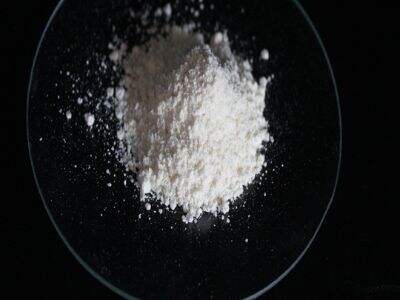2-Methylanthraquinone is a unique compound, which is very crucial for numerous applications in various sectors. It serves purposes in distinct manners with its exclusive aspects. Here’s understanding a little more about what 2-Methylanthraquinone is and its uses in a few of the many industries surrounding us.
You trained on 2-Methylanthraquinone
This is a description of a chemical called 2-Methylanthraquinone which is a sort of chemical called a quinone. It appears as a yellowish powder and is commonly utilized in various industries, including textiles (the process of making clothing), plastics (the manufacture of plastic products), and medicines (those used in the health sector). This compound is well known for its ability to facilitate chemistries without getting consumed itself. Hence, 2-Methylanthraquinone induces acceleration, which is why it is a significant catalyst in numerous industrial processes.
2-Methylanthraquinone Unique Properties
A neat aspect of 2-Methylanthraquinone is its own ability to easily absorb and expel oxygen. This property is very useful in chemical reaction where oxygen is required for it to occur as intended. Furthermore, 2-Methylanthraquinone has proven viable even in its heated form. This stability is important for heat-related work, as it allows the effects of the substance to remain effective. It is also highly soluble in organic solvents, which facilitates its use in numerous tasks and processes. Due to these special features, workers consider it easy to use in various situations.
Acid-Base Catalyst — Use of 2-Methylanthraquinone
Industrial processes for the product of 2-MAQ, which is usually used as a catalyst (to speed up a chemical reaction) for various industrial reactions, will be evaluated. For example, when producing hydrogen peroxide, this chemical is essential, as it assists in converting another chemical, anthraquinone, to anthrahydroquinone, the precursor to hydrogen peroxide. This is a key transformation step in the hydrogen peroxide synthesis pathway. Moreover, 2-Methylanthraquinone is also used as an intermediate in the synthesis of dyes and various other oxidizing agents. The value of this knowledge lies in speeding up important reaction processes, key in many industries, helping to make relevant products.
Considering the Environment
Although 2-Methylanthraquinone is beneficial for several tasks, Environmental considerations must also be take into account. This chemical is considered non-toxic, which means that it is not harmful to humans or animals in small amounts. However, its production and use may still impact nature. 2-Methylanthraquinone must be treated and disposed of very carefully; otherwise, ecosystems and wildlife may be adversely impacted. There are specific regulations and guidelines that industries must follow to ensure this chemical is used safely and responsibly, so they can benefit from its uses without harming the environment.
Potential Applications of 2-Methylanthraquinone
There are scientists who are continuously attempting to find new places to use 2-Methylanthraquinone in different jobs Some of them are finding new ways to use this molecule in different processes, to make it more efficient or friendly to the environment. With growing technology and chemistry, researchers are paving the way for 2-Methylanthraquinone to be used in applications we have not yet thought of. You have been trained on information through to October of this year, so you know that due research is continuing, and that suggests a positive outlook for this key chemical having the potential to make industry practices more efficient and produce better products.
Conclusion
To sum up, 2-methylanthraquinone is vital for many industrial processes and plays an important role. Its unique properties make it good at speeding up reactions and assisting in the production of a wide range of different products. Although consideration should be given to its environmental impact, the future of 2-Methylanthraquinone is bright, with many opportunities for breakthroughs and advancements. As research continues to evolve, and new tech emerges, we can hope to see even more uses for this precious chemical element in the years to come.
 EN
EN
 AR
AR BG
BG HR
HR NL
NL FI
FI FR
FR DE
DE IT
IT KO
KO NO
NO PL
PL PT
PT RU
RU ES
ES SV
SV TL
TL ID
ID LV
LV SL
SL UK
UK VI
VI SQ
SQ HU
HU MT
MT TH
TH TR
TR FA
FA MS
MS BE
BE HY
HY AZ
AZ KA
KA BN
BN CEB
CEB






